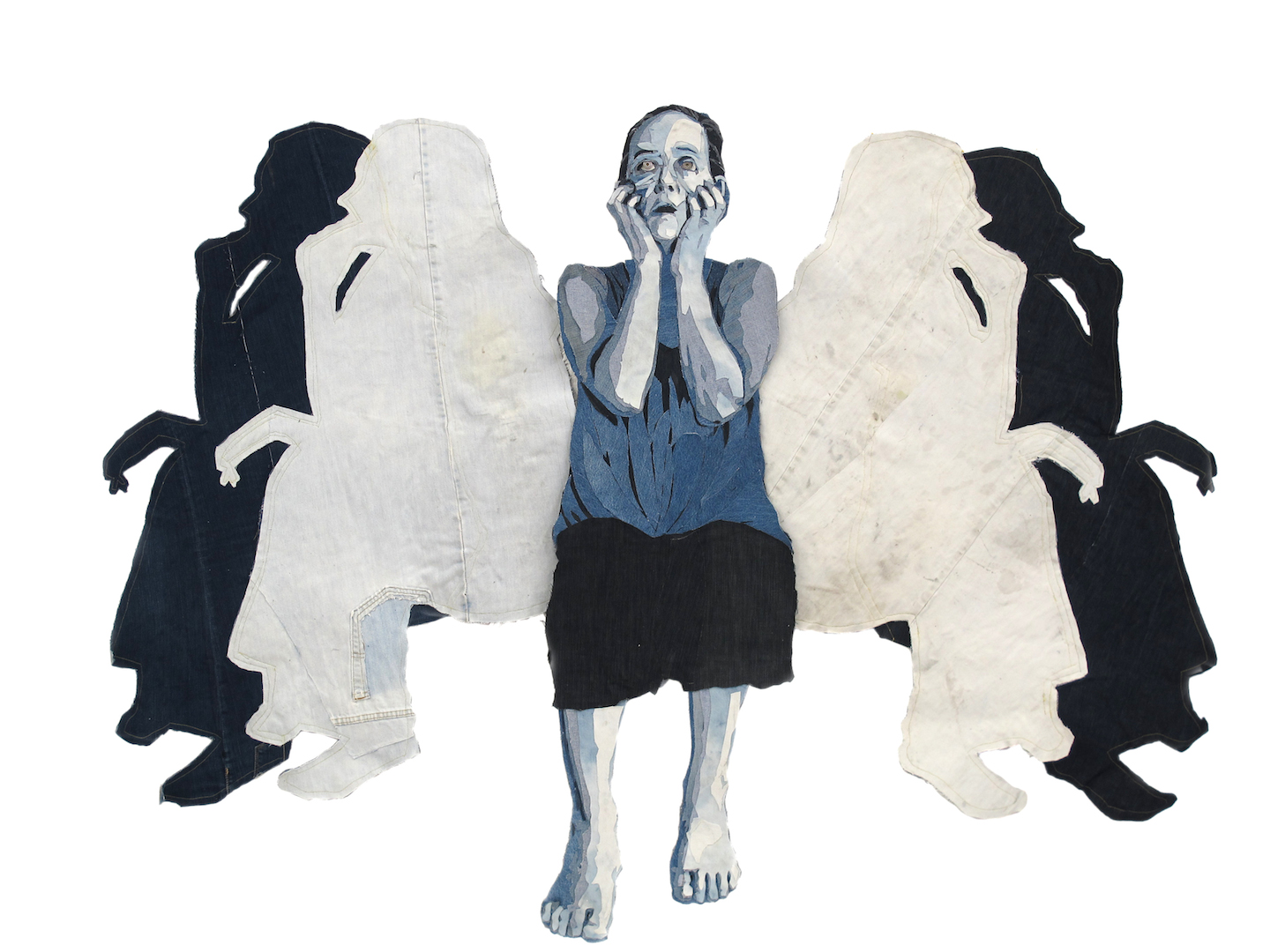

Those of Us Still Living by James Arendt
September 6, 2015 @ 8:00 am - September 18, 2015 @ 5:00 pm
Art making is a way for me to explore our changing relationship with work. My research focuses on transitions in macroeconomic structures through the lens of their effects on individual lives, communities, and worker’s relationships to the structures of labor itself.
I’ve paid witness to the demise of opportunities to engage in meaningful work and seen cities ravaged by the absence of industry. As the landscape of work and labor continue to shift around us, I use art making as a way to investigate how the division of labor and alienation from work has impacted individual lives. My early engagement with work that was whole and undivided has left me with a persistent feeling that our present economic configuration has alienated most of us from the finest use of our skills.
Art is labor made visible. The order, planning and execution of art making serves as a memetic bridge to the work I engaged in with my family as a child. Our farm bound us to it and to one another. The labor put into the land, livestock, and implements was our investment in our collective future. We gambled that the rains would come, that the market would demand a fair price for our crop, and the bank would not foreclose. Labor became a tangible expression of our hopes.
Unfortunately, hope fails. Despite our work, innumerable low-level disasters plagued the land my great-grandfathers broke and spread my family like chaff. Our plight was mirrored in countless households as the entire region dissolved under the prolonged economic hardship brought about by a new paradigm in labor. Work was retreating beyond our ability to follow and emptying the landscape of the people who once called it home.
Making is a way for me to echo the cycles of seasonal death, unemployment, natural disasters, and loss I’ve witnessed. The physical labor involved in the creation of these pieces mirrors the work I engaged in with my family. The scale and application of materials evokes in me memories of the time when there was promise for our endeavor.
Casting the people I know best into the center of my work, I explore how the changing landscape of labor has defined them, not as they were or are, but as I know them to be. Our lives, separated by years and distance, remain entangled around the work we left unfinished.
I choose materials to work with while seeking to create a greater relevancy between content and form. Denim seems created to be abused, worn out, patched, stained, and burnt through. Its characteristics are mirrored in the individuals I choose to represent. Yet, jeans remain supple, and with the right pair of boots can still go to the ball. I like that.
Still, it’s damn hard to make pictures out of it.
I guess I like that, too.
